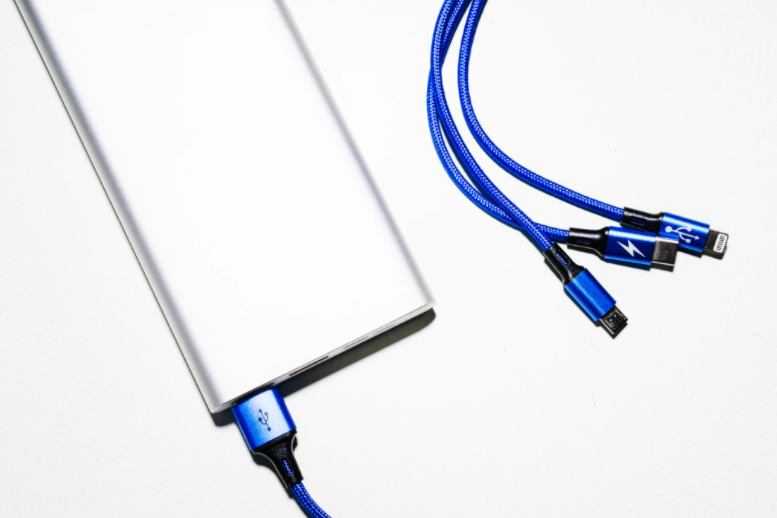The Power of Shared Solutions
Maybe you’ve been there: your laptop is dead but you only have your phone charger; your phone is dead, but you only have the cord for your E-reader; your E-reader is dead and your only options are a tangled mass of digital camera chargers from 2006 or the base for your robot vacuum.
So basically, you’re out of luck.
Now imagine the difference it would make if all your devices worked with the same charger. You’d never be without a power source, and if the charger ever broke, you’d only have to replace one. A universal, standard solution would mean that all your technology would work for you all the time.
In the GIS Consortium, we know the value and efficiency that come from shared solutions. That’s why we set up our GIS products and databases as vetted, standardized solutions used by all GISC communities. Create forty separate GIS databases customized to each community, and you end up with products and platforms and solutions that take time and individual effort to maintain – like having a specific charger for every device you own. But by creating one central, standard database specially tailored to meet the needs of local government, every solution and product flows like electricity through a perfectly matched cord.
What happens when a community has a need that the central database doesn’t meet?
Simple: we partner with stakeholders from all our communities to update the database, making the improvements available to everyone!
A few years ago, several GISC communities noticed that they were wasting time, money, and resources unnecessarily changing out bulbs in streetlights because they had no way to track when the bulb had last been changed – there was not a place in the Local Government Data Model for this information. To solve this problem, improvements were made to the database that allowed community staff to use the Asset Management Streetlight Inventory & Maintenance App in the field to track each time a bulb in a streetlight was changed. The next time the light went out, staff could use the information in GIS to see that the bulb had recently been replaced. Rather than unnecessarily changing it again, they could focus their time and energy searching for the real issue.
As a result of this improvement, communities see measurable reductions in wasteful spending, such as the Village of Skokie, who saves an estimated $53,000 per year by avoiding unnecessary bulb change-out labor and material costs.
And the best part?
Just like a charger that works for any device, the Streetlight Inventory & Maintenance App is a standard solution that runs on the standard, shared GISC database. As a result, this app is ready and available for any GISC community to use, opening the door to increased efficiency and reduced waste.
Want to learn more about the shared solutions available to your community? Reach out to your site analyst today!



